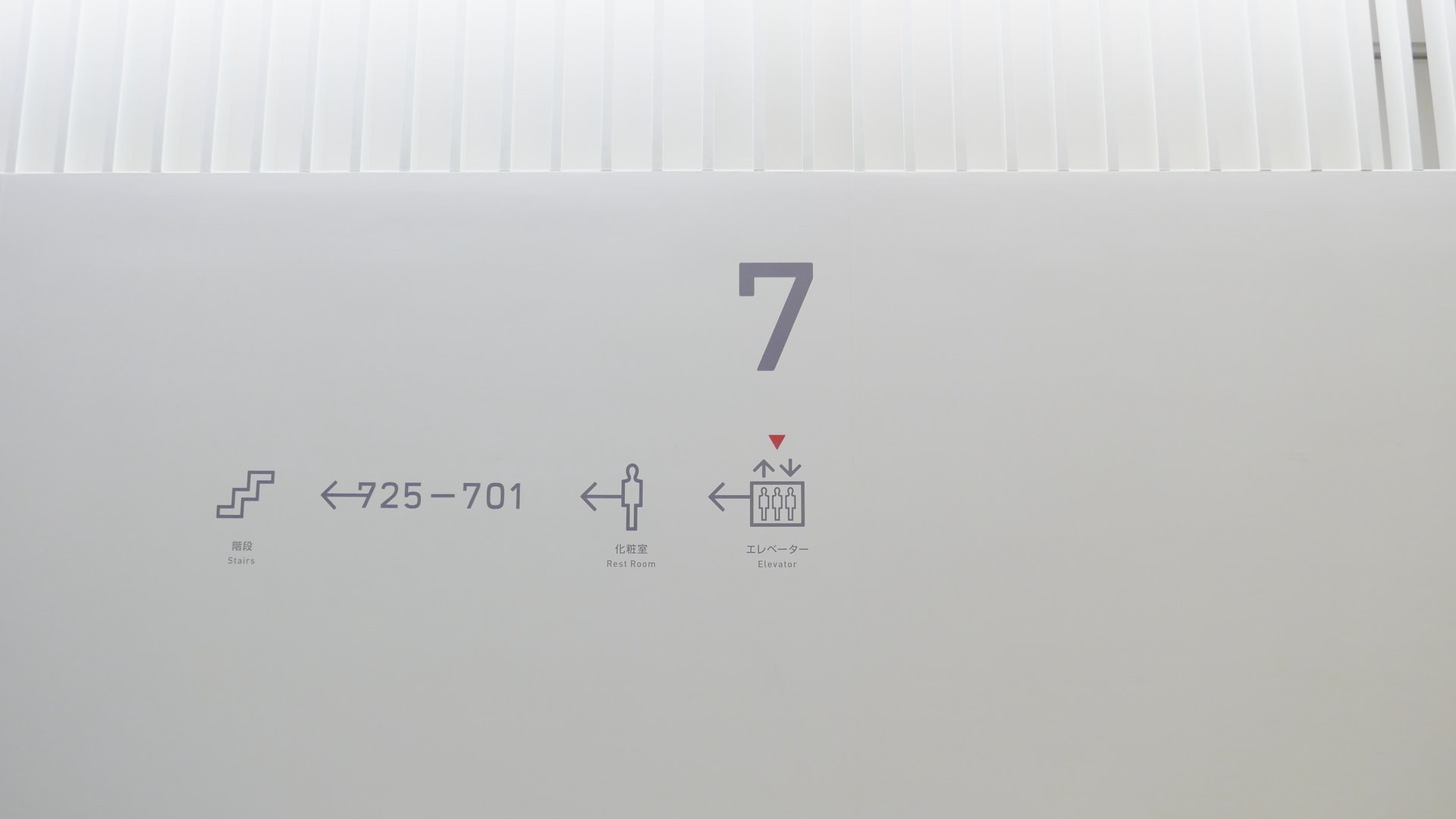
How to translate Infographics?
Introduction
Infographics are great tools. When used correctly they can engage your readers, provide interesting content and be a great addition to your website. The problem though is that they are hard to create and even harder to translate. That's why we've gathered some tips on translating infographics from one language to another in an easy way.
What is an infographic?
An infographic is a visual representation of information, data or knowledge intended to present complex information quickly and clearly. Infographics can improve understanding of information and concepts. They can also aid memory, increase attention span and encourage readers to read on.
Typically, an infographic is designed to be both visually appealing and easily consumed. It combines text, images and data to help people better understand complex topics. But infographics have been around for centuries. As far back as the 1600s, artists illustrated scientific principles in their work, such as Isaac Newton’s discovery of gravity by showing an apple falling from a tree.
In recent years, infographics have exploded in popularity thanks to the proliferation of social media platforms such as Facebook, Twitter and Instagram that allow users to share content quickly and easily with friends and family members.

Why translate an infographic?
Infographics are a great way to get your message across in a concise and memorable way. They're also fun to create, especially if you have the right tools at hand.
If you're looking to translate your infographic, there are several reasons why it can be beneficial for you. Here are a few of the biggest ones that we think are worth mentioning:
1. Better Understanding
If you're trying to get your message across, then an infographic is an excellent way to do so! Not only is it more memorable than a text-based article, but it's also easier for the readers' eyes to digest.
2. Reach a Global Audience
If you're looking to reach out to a global audience, then translating your infographic can be extremely beneficial for your business. By translating your content into different languages, you'll be able to reach out to more people from around the world who speak those languages as their first language (or at least understand them).
3. Increase Engagement Rates
Whether it's through social media or any other form of online marketing, engaging with customers is vital if you want them to stick around long enough to learn about what your business has going on behind the scenes! By translating infographics into different languages
Translating infographics
What makes an infographic different from other types of graphics is its specific and data-driven content. While you may be tempted to take a shortcut and just translate the text of an infographic, there are other steps you can take to ensure a quality translation.
Develop a general understanding of the information you'll be translating
Before you start translating, it's important to have a basic understanding of what the infographic is about. Take some time to review the text, look at visuals, and read through any supplemental resources provided by the client. This will help you determine what type of translation strategy you'll need to use later on in the process.
Translate each component individually before putting everything together
Once you've developed a general understanding of what's going on in the infographic, it's time to start translating individual components one by one. For example, if there are images included with captions that describe each image, begin by translating those captions first before moving onto other elements of the infographic.
This will ensure that all information is properly translated before moving forward with assembling everything together into one cohesive document once again.
Provide links to additional resources for more information
In many cases, the original creator of an infographic will have more information about its contents. For example, the creator may have created a blog post about their research or include links to more in-depth resources on their website. You should provide this information to your translator so they can understand the context behind each piece of data presented in an infographic.
The Context
It’s important to remember that you are not just translating a word or phrase from one language to the next, but you are also conveying meaning. You need to pay attention to the context in which an infographic was published so that you can tailor it for your target audience when translating.
Pay attention to the context in which the infographic will be published so you can tailor it for your target audience when translating. For example, if you're translating an infographic that was written for a blog post, then it's probably okay to use more informal language. But if it's being translated into a brochure or printed material, then you might want to use more professional language.
The same goes for tone — if it's going to be published on a website or blog, then it can have a more casual tone than if it's going to be published in print or as an email newsletter.
When translating an infographic into the target language, you need to keep these points in mind:
-Don't translate words literally
-Don't assume that people will understand the concept of an infographic (or even know what it is)
-Make sure all the text is readable and easy to read
-Focus on communicating your key messages clearly and succinctly

Conclusion
Getting your infographic translated into the languages you need, can be tricky and require a lot of work. The infographic must match the text, in a way that doesn't confuse the viewer or create nonsensical sentences. Our advice is to find native speakers of the language or an agency that has native speakers on staff. Also, check if they are members of a professional translation association like ATA, NSTA, or TM1K. They will have strict guidelines they have to follow when translating to keep consistency with vocabulary usage. This is quite crucial for the final result to be consistent and professional.







